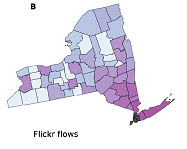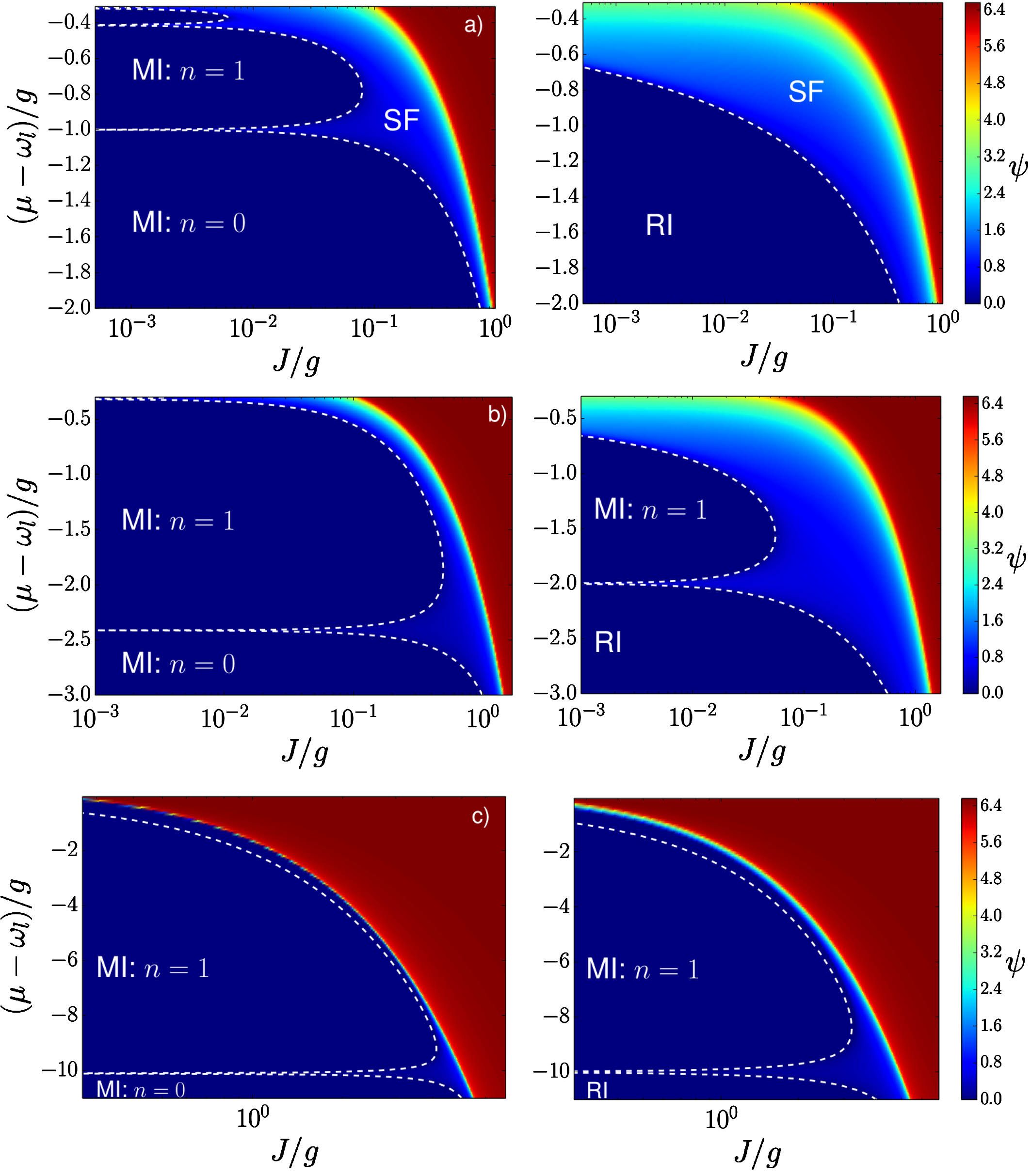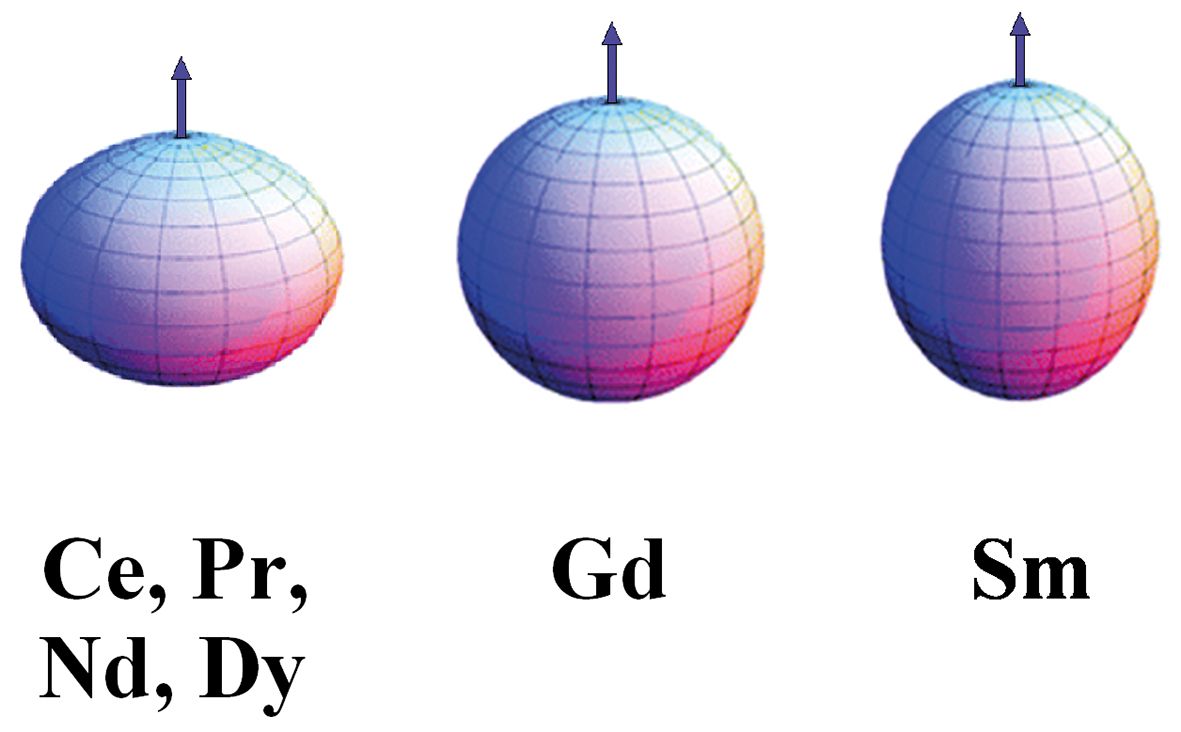News
EPJ B Special issue dedicated to the Volker Heine Award
- Details
- Published on 04 November 2016
EPJ B, in partnership with the Ψk conference, is honoured to introduce this monthly issue with five articles written by the finalists of the Volker Heine Award 2015.
The Ψk conference is the foremost event in the field of electronic structure and computation in condensed matter, and the Volker Heine award is one of its highlights. Being intended for young researchers, the award aims at helping their career by exposing their work in a prestigious international conference, and adding a modest point to their Curriculum Vitae.
EPJ B Colloquium: First-principles dynamics of electrons and phonons
- Details
- Published on 04 November 2016

First-principles calculations combining density functional theory and many-body perturbation theory can provide microscopic insight into the dynamics of electrons and phonons in materials. In this EPJ B Colloquium, Marco Bernardi, winner of the Psi’K young investigator award, reviews this theoretical and computational framework, focusing on perturbative treatments of scattering, dynamics, and transport of electrons and phonons. The article examines applications of these first-principles calculations in electronics, lighting, spectroscopy, and renewable energy.
EPJ E Highlight - Physicists reveal cocktails with Dr Jekyll and Mr Hyde features
- Details
- Published on 02 November 2016

Study explains how long-range effects in two-liquid cocktails have a bearing on the diffusion of their molecules, resulting in the coexistence of different characteristics within the same fluid
Disturbing a mix of two liquids can yield some surprising effects. For example, if one portion of the mixture is brought to a different composition, it starts a process called diffusion, which continues until the liquid mix reverts to the resting point, which physicists refer to as equilibrium. Understanding the underlying physical phenomenon matters because diffusion is ubiquitous in physical and biological processes, such as the transport of nutrients within our cells. Now, an Italian team of physicists has found that two-liquid cocktails display long-range correlations, both at equilibrium and when disturbed. This means that large regions with slightly different physical properties coexist within the same fluid. Outside the equilibrium condition, the authors explain, this is due to the coupling between the difference in concentration between different portions of the liquid and spontaneous fluctuations, which are also observed when the mix is at equilibrium. These findings have been published in EPJ E as part of the Topical Issue "Non-isothermal transport in complex fluids" by Fabio Giavazzi from the University of Milan, Italy, and colleagues. They imply that the long-range effects, observed when the mixture is not at equilibrium, need to be taken into account as an additional contribution to the effects observed when the mixture is at equilibrium, so as to understand the diffusion mechanisms.
EPJ Data Science Highlight - Mining digital crumbs helps predict crowds’ mobility
- Details
- Published on 02 November 2016

Analysing the traces of human behaviour from geolocalisation data gives clues for more accurate urban planning
Getting urban planning right is no mean feat. It requires understanding how and when people travel between different places. This knowledge, in turn, helps in dimensioning roads and motorways and in scaling the capacity of utilities, such as power grids or mobile phone towers. Now, physicists at the Institute for Scientific Interchange Foundation in Turin, Italy, have exploited the geolocalisation data from millions of users of the photo sharing site Flickr to show how it is possible to predict crowd movements. Mariano Beiró and colleagues have combined this data with existing theoretical models explaining the movement of people. In a study published in EPJ Data Science, they show that their approach can help improve predictions concerning the nature of travel of large crowds of people between two places.
EPJ B Highlight - Supersonic phenomena, the key to extremely low heat loss nano-electronics
- Details
- Published on 25 October 2016

Supersonic solitary waves in nano-electronics crystals show potentials for electric charge or matter transport and energy storage with extremely low heat dissipation
Freak waves, as well as other less striking localised excitations, occur in nature at every scale. The current theory and models of such waves can be applied to physics and, among others, to oceanography, nonlinear optics and lasers, acoustics, plasmas, cosmological relativity and neuro-dynamics. However, they could also play a significant role at the quantum scale in nano-electronics. In a recent study, Manuel G. Velarde from the Pluridisciplinary Institute of the University Complutense of Madrid, Spain, and colleagues, performed computer simulations to compare two types of localised excitations in nano-electronics. Their findings, published in a recent study in EPJ B, confirm that such localised excitations are natural candidates for energy storage and transport. These, in turn, could lead to applications such as transistors with extremely low heat dissipation not using silicon.
EPJ D Highlight - When quantum scale affects the way atoms emit and absorb particles of light
- Details
- Published on 20 October 2016

Exact simulation lifts the 80-year-old mystery of the degree to which atoms can be dressed with photons
In 1937, US physicist Isidor Rabi introduced a simple model to describe how atoms emit and absorb particles of light. Until now, this model had still not been completely explained. In a recent paper, physicists have for the first time used an exact numerical technique: the quantum Monte Carlo technique, which was designed to explain the photon absorption and emission phenomenon. These findings were recently published in EPJ D by Dr Flottat from the Nice –Sophia Antipolis Non Linear Institute (INLN) in France and colleagues. They confirm previous results obtained with approximate simulation methods.
EPJ Plus Highlight - Pushing the boundaries of magnet design
- Details
- Published on 12 October 2016

New method to make permanent magnets more stable over time
For physicists, loss of magnetisation in permanent magnets can be a real concern. In response, the Japanese company Sumitomo created the strongest available magnet—one offering ten times more magnetic energy than previous versions—in 1983. These magnets are a combination of materials including rare-earth metal and so-called transition metals, and are accordingly referred to as RE-TM-B magnets. A Russian team has now been pushing the boundaries of magnet design, as published in a recent study in EPJ Plus. They have developed methods to counter the spontaneous loss of magnetisation, based on their understanding of the underlying physical phenomenon. Roman Morgunov from the Institute of Problems of Chemical Physics at the Russian Academy of Sciences and colleagues have now developed a simple additive-based method for ensuring the stability of permanent magnets over time, with no loss to their main magnetic characteristics.
EPJ A Highlight - Breaking up: a convoluted drama at nuclear scale, too
- Details
- Published on 12 October 2016

Pursuing a detective's approach to carbon atom breakup yields clues relevant to fusion reactions and astrophysics phenomena
Regardless of the scenario, breaking up is dramatic. Take for example the case of carbon (12C) splitting into three nuclei of helium. Until now, due to the poor quality of data and limited detection capabilities, physicists did not know whether the helium fragments were the object of a direct breakup in multiple fragments up front or were formed in a sequence of successive fragmentations. The question has been puzzling physicists for some time. Now, scientists from Denmark's Aarhus University have used a state-of-the-art detector capable of measuring, for the first time, the precise disintegration of the 12C into three helium nuclei. Their findings, released in a study published in EPJ A, reveal a sequence of fragmentations, relevant to developing a specific kind of fusion reactions and in astrophysics.
EPJ H Highlight - The 1950s: the decade in which gravity physics became experimental
- Details
- Published on 12 October 2016

History shows experiments to be just as key as theory in gravity physics
In the 1950s and earlier, the gravity theory of Einstein's general relativity was largely a theoretical science. In a new paper published in EPJ H, Jim Peebles, a physicist and theoretical cosmologist who is currently the Albert Einstein Professor Emeritus of Science at Princeton University, New Jersey, USA, shares a historical account of how the experimental study of gravity evolved.
EPJ E Colloquium: Self-consistent field theory of multicomponent wormlike-copolymer melts
- Details
- Published on 03 October 2016

The self-consistent field theory (FCFT) is a convenient theoretical tool to describe the ordered structures of copolymer melts. It supports the current understanding of many polymeric systems. In a new EPJ E Colloquium Ying Jiang and colleagues showcase the versatility and power of the wormlike-chain formalism for calculating the microphase-separated crystallographic structures of multi-component wormlike polymers.




